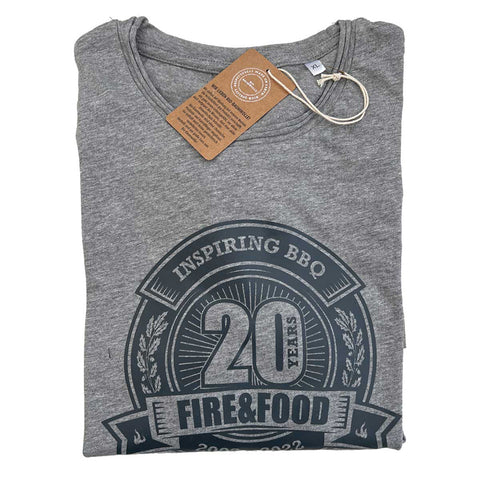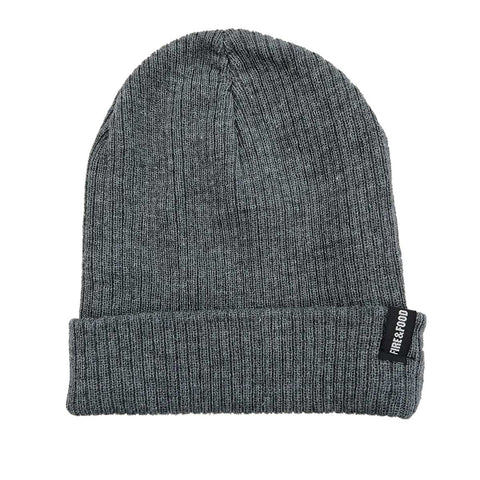
Burgraff's Beef Brisket
Ingredients
• 1 US Beef Brisket in
Packercut (No. 120), approx. 4-7 kg
(e.g. from Creekstone,
Peter Mayer, National Beef,
GOP etc.)
• 1 shot of Äppler (alternatively
Water, apple juice,
Apple Cider Vinegar)
• Walnut and cherry wood
(alternatively oak)
• GN container 1/1 deep and
large aluminum foil
For the Burggraf
Big Bold Beef Rub:
• 15 g Malabar and Telicherry
mixed pepper, medium fine
ground, approx. 1-2 mm
Grain size (alternatively 100%
black pepper)
• 30 g coarse sea salt, medium
finely ground,
approx. 1-2 mm grain
• 5 g onion granules
• 5 g garlic granules
• 5 g cayenne pepper or
10 g Ancho chilli
preparation
The specified piece of meat usually has a thick layer of fat on the top. Expose the point muscle completely, as there is already enough fat in the meat. This also gives a better crust. If possible, leave a ½-1 cm layer of fat on the flat, as slowly cooked fat becomes very soft and sweet and helps the thin flat to stand up a little. It is best to cut out the thick, solid block of fat on the bottom. Trim the bottom fairly cleanly too.
When using a rub, it is important to play around with the grain size of the salt and pepper. If it is too fine, the rub will be mushy; if it is too coarse, too much will fall off. 1-2 mm is ideal for pepper and salt. Rub the meat with the rub and leave it to work for at least 1-2 hours, overnight if necessary.
Set the offset smoker to 120-130° C. Place the point towards the firebox. Smoke the beef brisket until it has a nice crust. If you prefer a thick smoke ring, you should place the brisket as cold as possible and work with 100-110° C to start with. This will, however, extend the overall cooking time somewhat.
When the BB has a nice color after about 4-6 hours - it should not turn black, more reddish brown - and a core temperature of 65-70° C has been reached, place the meat in the GN tray with a dash of apple and seal it as tightly as possible with aluminum foil. This causes a linear increase in the core temperature and greatly increases the humidity in the immediate vicinity of the crust. This avoids the plateau phase caused by evaporative cooling. Now increase the temperature slightly and gently overcook the BB to a core temperature of 95° C and keep it there for at least 1 hour. Alternatively, go up to 98-99° C. It is best to check the cooking level with a wooden skewer. It should feel very easy to pierce, even more easily in the point than in the flat, similar to butter at room temperature.
Then let the brisket rest; the perfect temperature for cutting is 70-80° C. The juice that has collected in the GN tray forms a great base for BBQ sauces and can also be added to the sliced brisket in its pure form. Cut the brisket in half at 90° to the grain of the flat, cut the point again and then cut into ½-1 cm thick slices at 90° to the grain of the point.
FIRE&FOOD Issue 1-2016





















